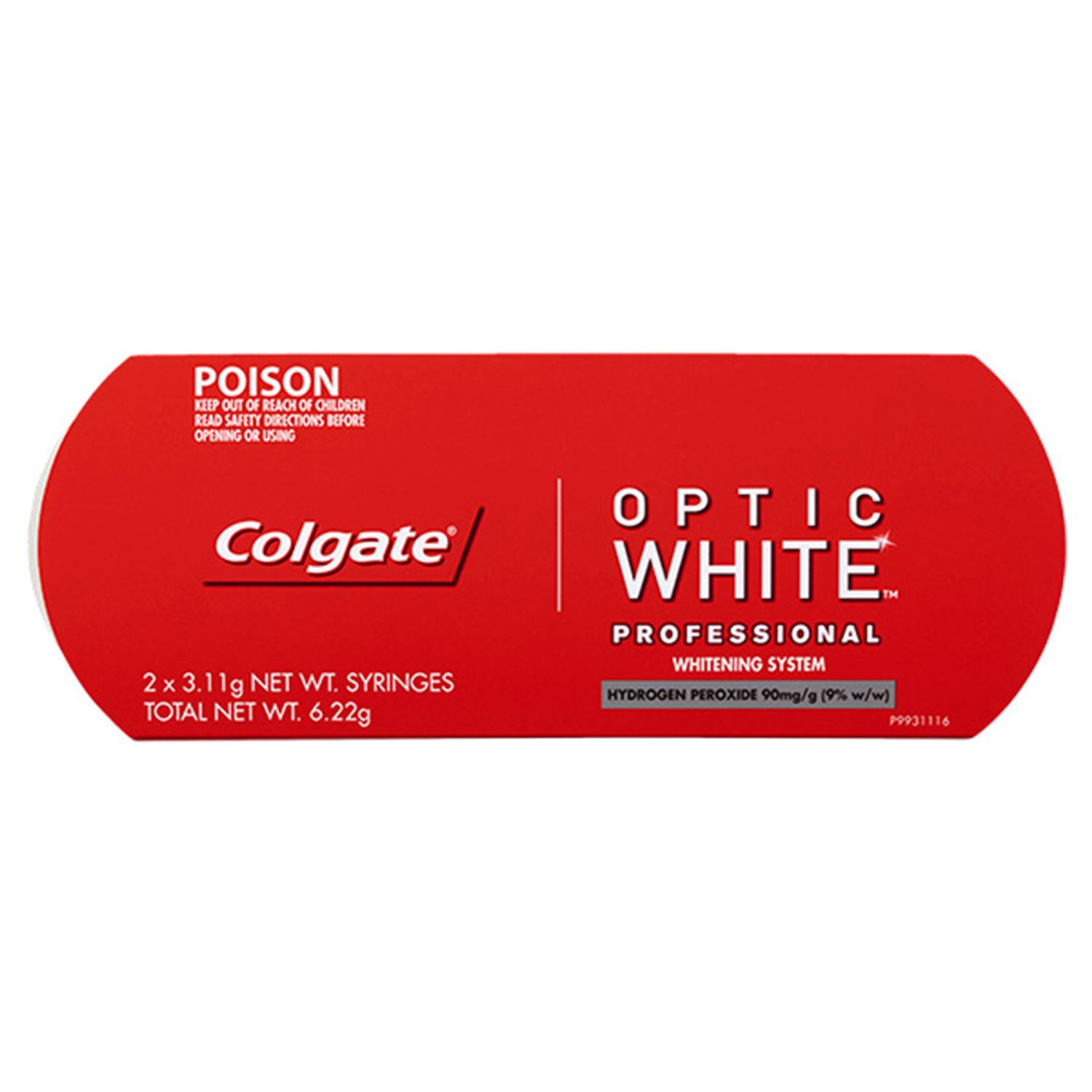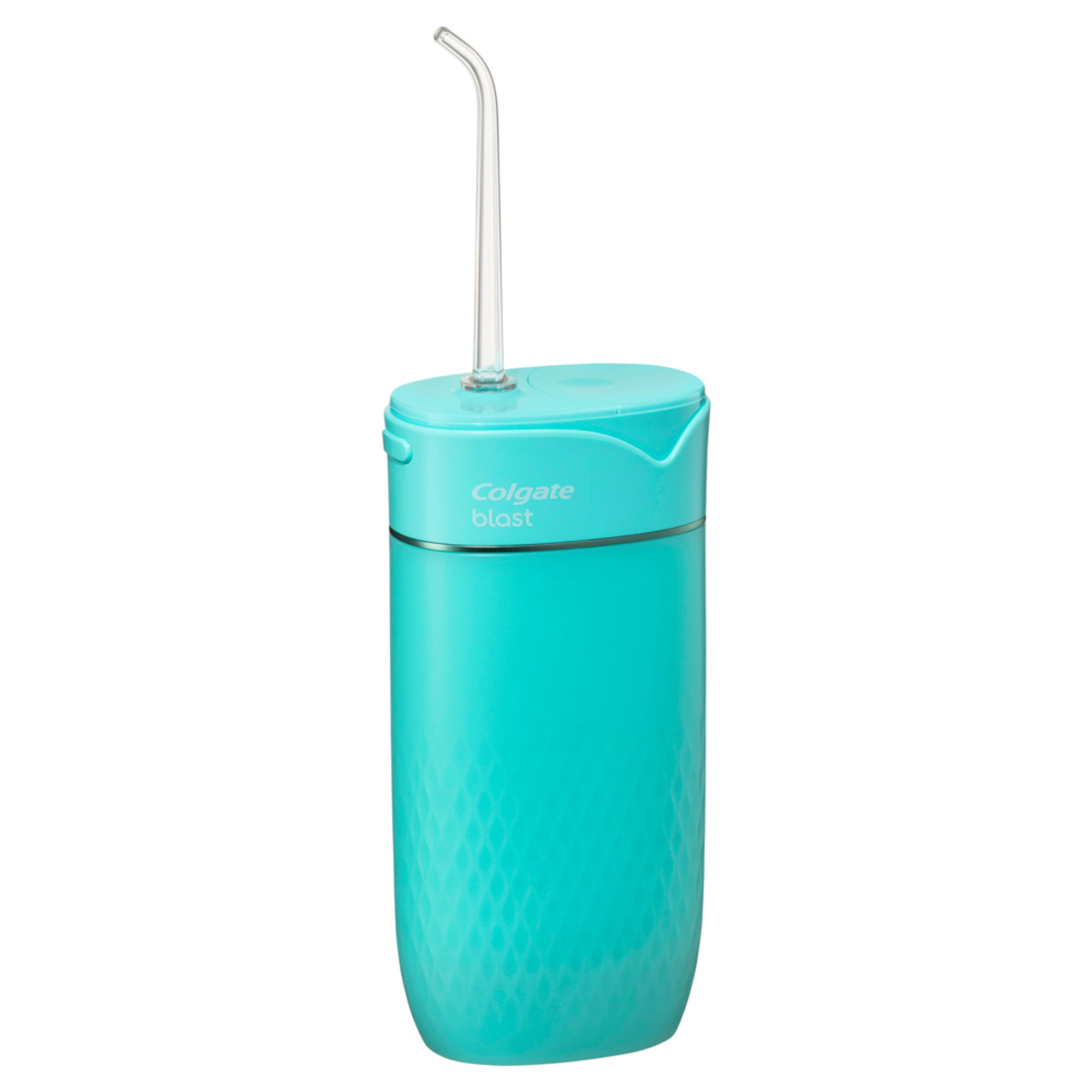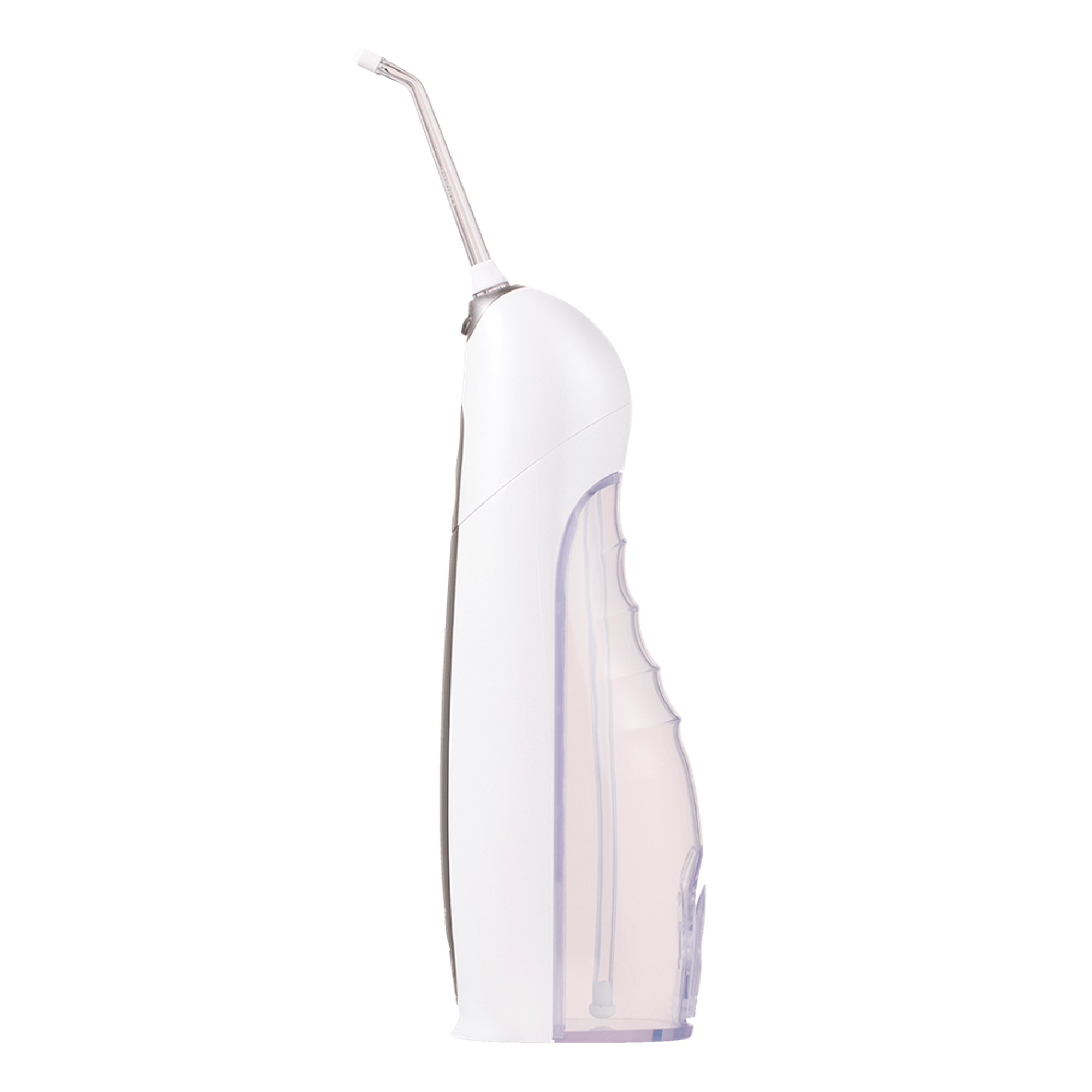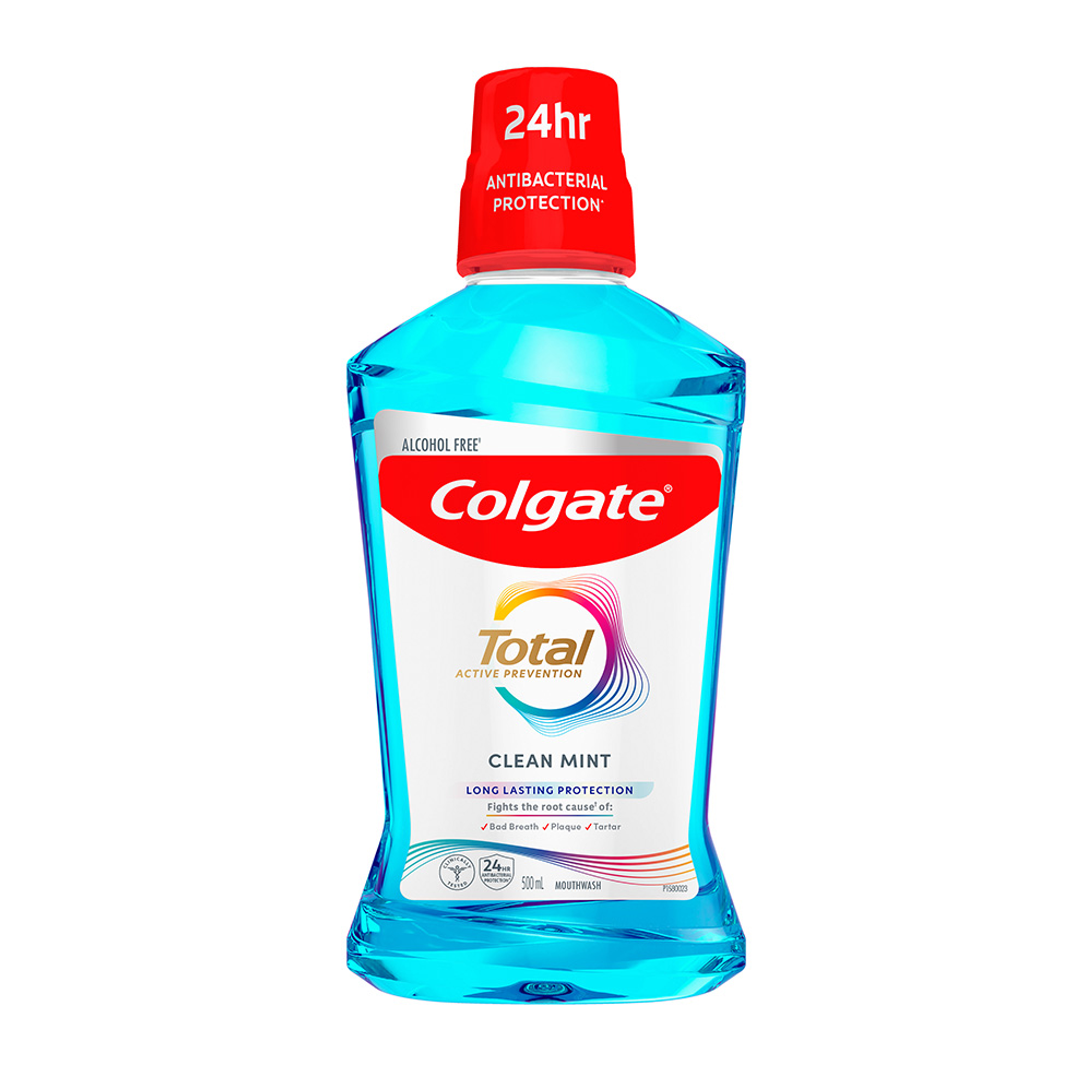-
Top Professional Products



-
Professional Articles
- Caries
- Dry Mouth
- Enamel Erosion
- Gum Issues
- Orthodontics
- Pediatric
- Sensitivity
- Whitening
- Social Responsibility
- Career Development
-
- Home
- Patient Education
- The Brochure - Colgate Optic White Professional Information Brochure
min read

Related Articles

Oral Health For Infants And Toddlers
Oral Health For Infants And Toddlers | Colgate® Professional
Read More

In-Chair & Take-Home Whitening: Identifying the Best Whitening Solution for Your Patients
Teeth whitening is one of the most commonly requested treatments by patients, and there are many reasons why patients will want to whiten their teeth.
Read More

Tooth Discolouration
Your teeth can become discoloured by stains on the surface or by changes in the tooth enamel and dentine. Dentists divide discolouration into three main categories:
Read More
Related Products

Help Keep Patients More Informed
Share articles, videos and PDFs to help your patients learn more about specific conditions and effective treatments for a healthier smile.

Continue Reading




